I have been spending quite a bit of time digging through research articles, listening to podcasts and overall increasing my awareness on the ways toxins are interrupting so many parts of our lives. I will admit, I was an anti “detoxer” for a long time. I was previously taught that “detoxing” was unnecessary as most of us are well equipped with a liver that detoxes for us. These silly “cleanses” and “detoxes” therefore were just a scam and money maker for corporations selling products and quick fixes for weight loss. While I still believe that some of those methods of “detoxing” are not practical, appropriate, healthy or supported by research there is no denying that the amount of chemicals, pesticides, and pollutants we are exposed to on the daily are not going to be good for us now or in the long run. As a dietitian with an integrative outlook, I know that to achieve optimal health I cannot turn a blind eye to this huge toxic concern. When my clients come to me with a goal with their diet I believe we need to address way more than calories in and calories out. You can expect quite an in-depth review of your day-to-day lifestyle which includes a review of the types of products you use in your home and on your body. I have found it to be fascinating within myself to see such positive changes by simply removing certain items from my day-to-day use. While we cannot eliminate these toxins completely from our life there are changes we can make regarding not only our diet but the products we purchase to clean our home and ourselves.
Unfortunately, the rate at which chemicals are being produced is way too fast for any solid research to be completed on the effects on our body or environment. In fact, since the industrial revolution around 144,000 chemicals have been introduced into production (this number is likely way higher). What is most concerning is that even if research could be completed on even half of these chemicals what about the interaction between two chemicals or with 10 others which is often found on the labels of many common cleaning and personal care items. We know from the research that has been done that there is a wide spectrum of concerns with these chemicals including but not limited to:
-Cancer
-Respiratory disorders (COPD, asthma, bronchitis, pneumonia)
-Hormone/Endocrine disrupters*
-Skin irritants and burns
-Reduced neurodevelopment in children
-Ischemic heart disease/strokes
-Adverse pregnancy outcomes (low-birth weight, pre-maturity, congenital defects, stillbirths)**
-Mood disorders
-Weight gain***
* Hormones, part of the endocrine system, are natural molecules that send signals throughout our body and control many aspects of our physiology to help maintain homeostasis. A few examples of hormones here include insulin (helps to lower blood glucose and stimulates metabolism), glucagon (present in times of low blood glucose to help create energy from stored glycogen), and estrogen (major hormone of the female reproductive system, also present in men). Endocrine disruptors are synthetic foreign chemicals that can disrupt these hormones which then alter that hormones function. We know that there at least over a 1000 chemicals that may disrupt endocrine function which include phthalates, bisphenols, flame retardants, and pesticides.
** The data looking into the effects of certain pollutants on the ability to conceive as well as the effects on offspring has been so alarming to me. Studies show that babies are being born into this world already with a plethora of toxins in their system and also these toxins can be multigenerational meaning they can continue to pass from one generation to another. [1]
*** I want to elaborate a little on this weight gain concern considering weight issues are a primary concern of many. Our liver was simply not designed to handle the burden of this vast exposure to toxins and can only detox to a certain extent. The remaining are mainly stored in our fat cells. Back to the above information on endocrine disruption. About 50 chemicals, such as BPA[2] and PFAS[3] are now being categorized as “obesogens”. These chemicals can make fat cells larger, cause weight gain and act as synthetic estrogen contributing to misguided hormones/metabolism. Data shows that this is probably the safest place to store these toxins rather than in our critical and vital organs. An interesting study examined this as to understand an obesity paradox in which elderly with obesity had lower mortality risk than those with an ideal body weight. The study observed the presence of 23 persistent organic pollutants (POP) and found that “In those with low POP concentrations, there was no obesity paradox; mortality increased with fat mass (hazard ratios about 2-3 in the highest vs. lowest quintile of fat mass). However, consistent with an obesity paradox, these patterns completely disappeared in those with high POP concentrations”. They concluded that adipose tissue was a safe place to store these toxins.[4]
It is easy to get overwhelmed by all this but don’t stress (this is what I had to keep telling myself). There is so many things we can gradually do to help eliminate some of the concerning products in our lives and foods we can eat to help encourage detoxification. We can’t do it all but we can control items that come in to our home and the food we put in to our body. From the list below try to pick a few items a week to focus on:
-Dust regularly (with non-toxic polish or a DIY cleaner)
-Purchase an air filter and replace regularly. If you live in an apartment home check in with your landlord about replacing your air filter.
-Slowly start removing cleaning and personal care products that are loaded with chemicals ( see below for a Natural Home Shopping List and a few recipes to make your own cleaners)
-Download and use the EWG healthy living app or website to the check the safety of your products.
-Stick to food and products that are closest to its natural form. i.e a whole potato/vegetables vs potato or vegetable chips, chicken vs deli meat chicken
-Choose organic whenever possible and especially for the Dirty Dozen List (see previous blog)
-Switch out plastic containers, bottles, and straws for glass or stainless steel
-Switch out non-stick cookware for stainless steel or cast iron
-Include whole, bright-colored fruits and vegetables and cruciferous vegetables in your diet to provide natural flavonoids and phenolic compounds that support detoxification (definitely more coming on this!)
I hope to provide more resources, recipes and guidance on ways to gradually reduce the toxic load in our homes. We are all on our own journey and I have to say this has been a work in progress for me. I still have cleaners under my kitchen sink that I haven’t been disposed of yet and beauty products that I haven’t been able to let go of but I am aware and not purchasing any more of these items. I have also let my family know that for gifts I would prefer not to receive any smelly candles or highly scented body lotions/beauty products. While I do love the smell of these items I have made some really delicious natural perfumes with my essential oils that I know are safe and benefit me in more ways than one. Drop a comment below if you have any tips on reducing toxins in your home or if you have any questions


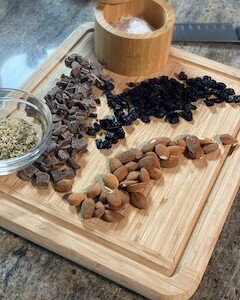

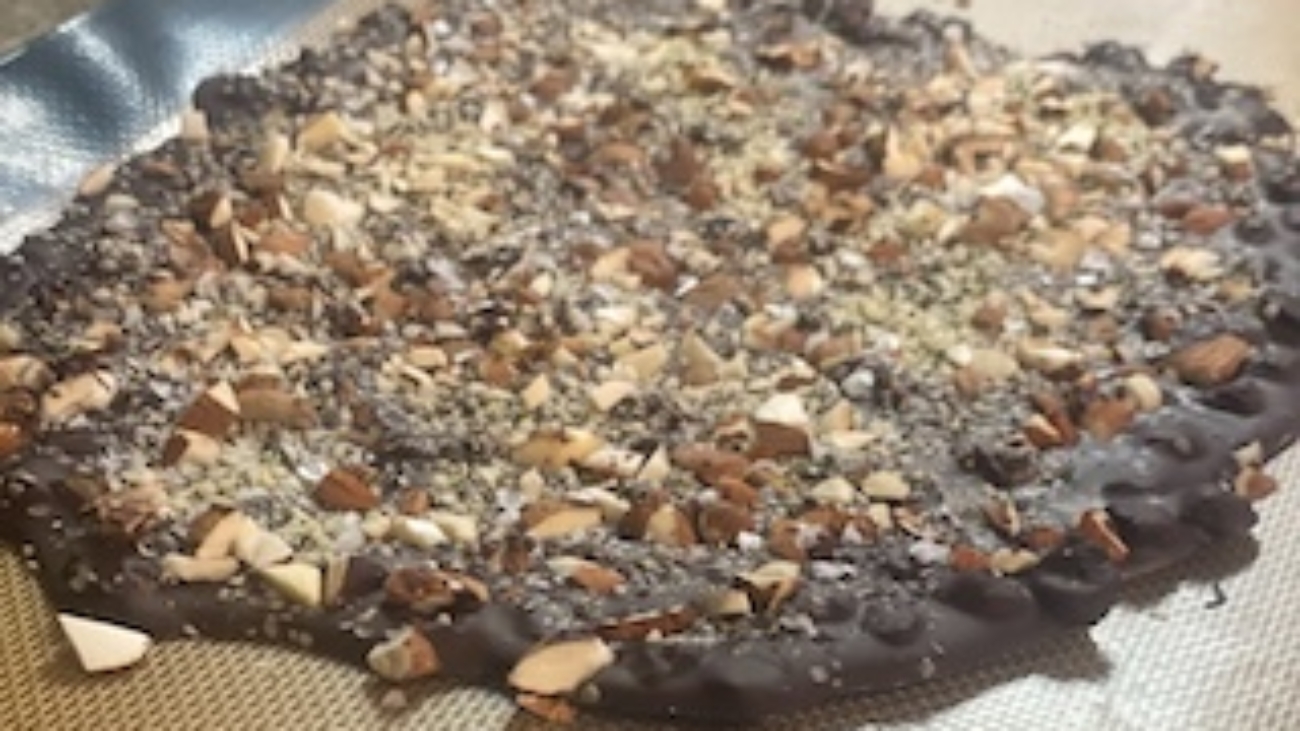
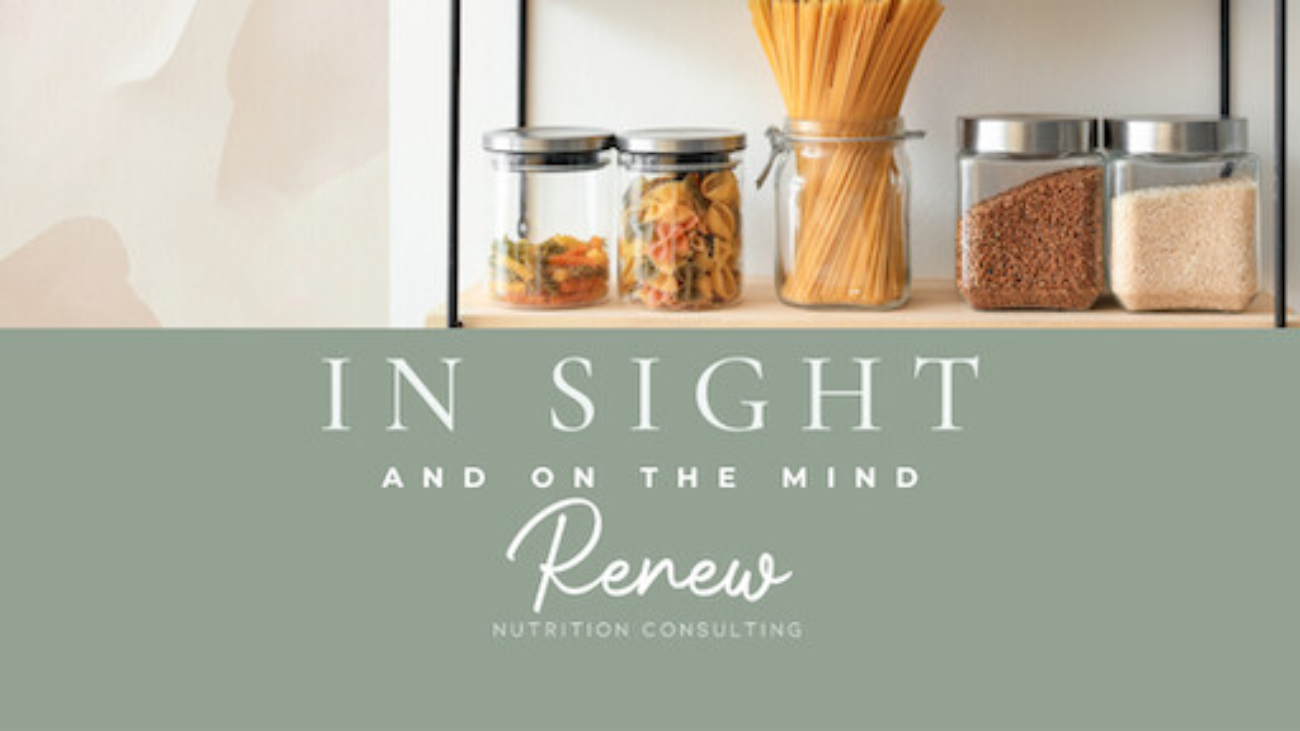



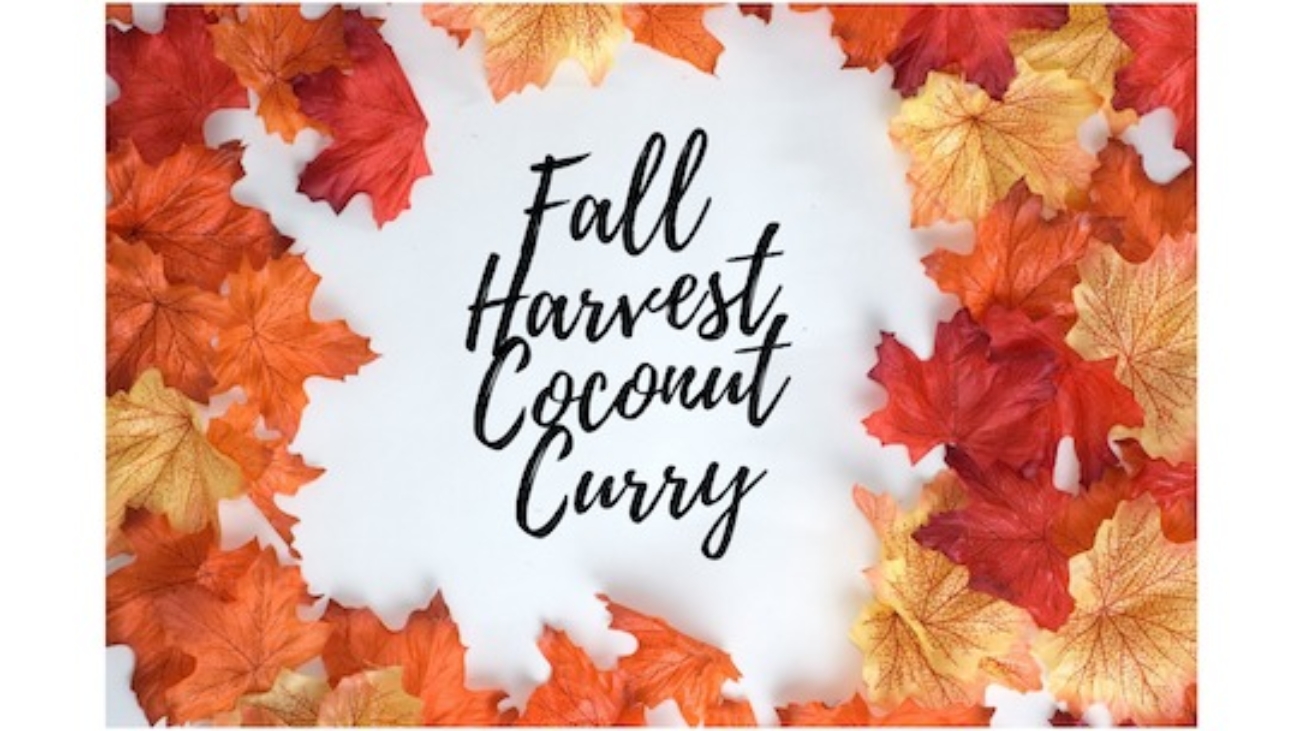

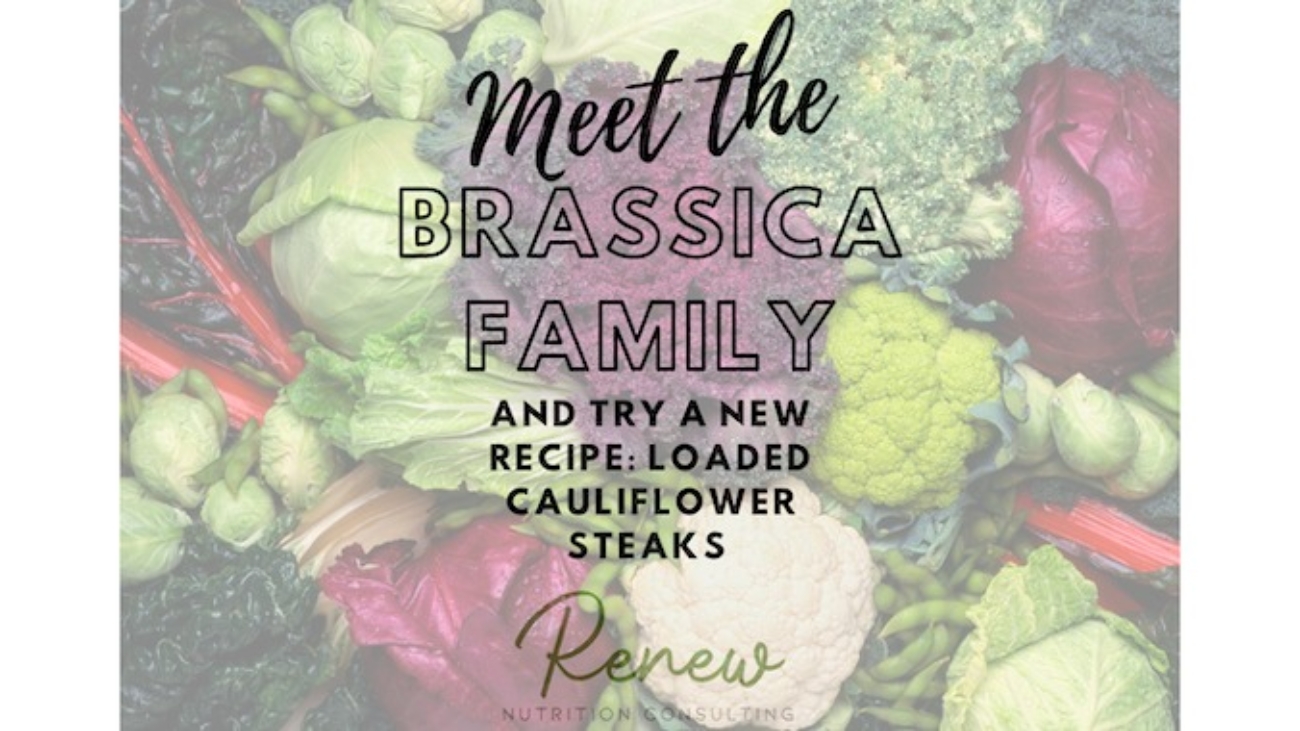










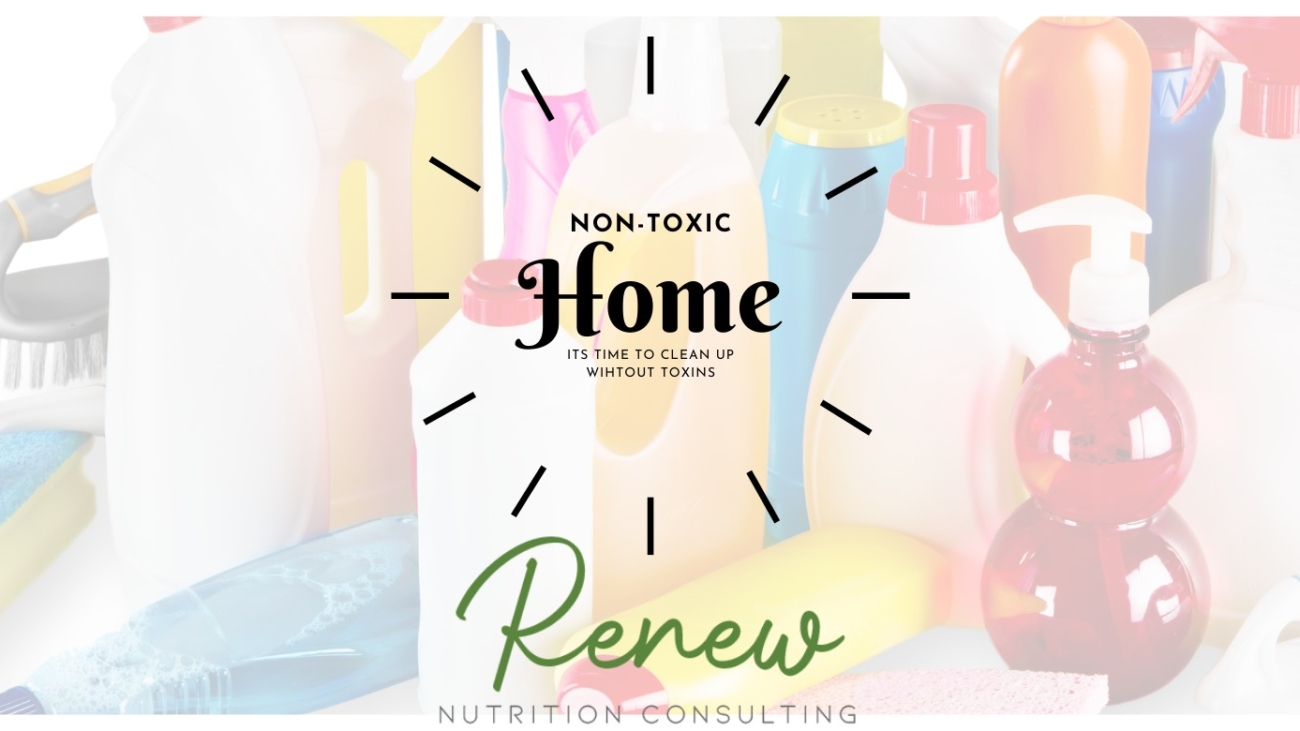


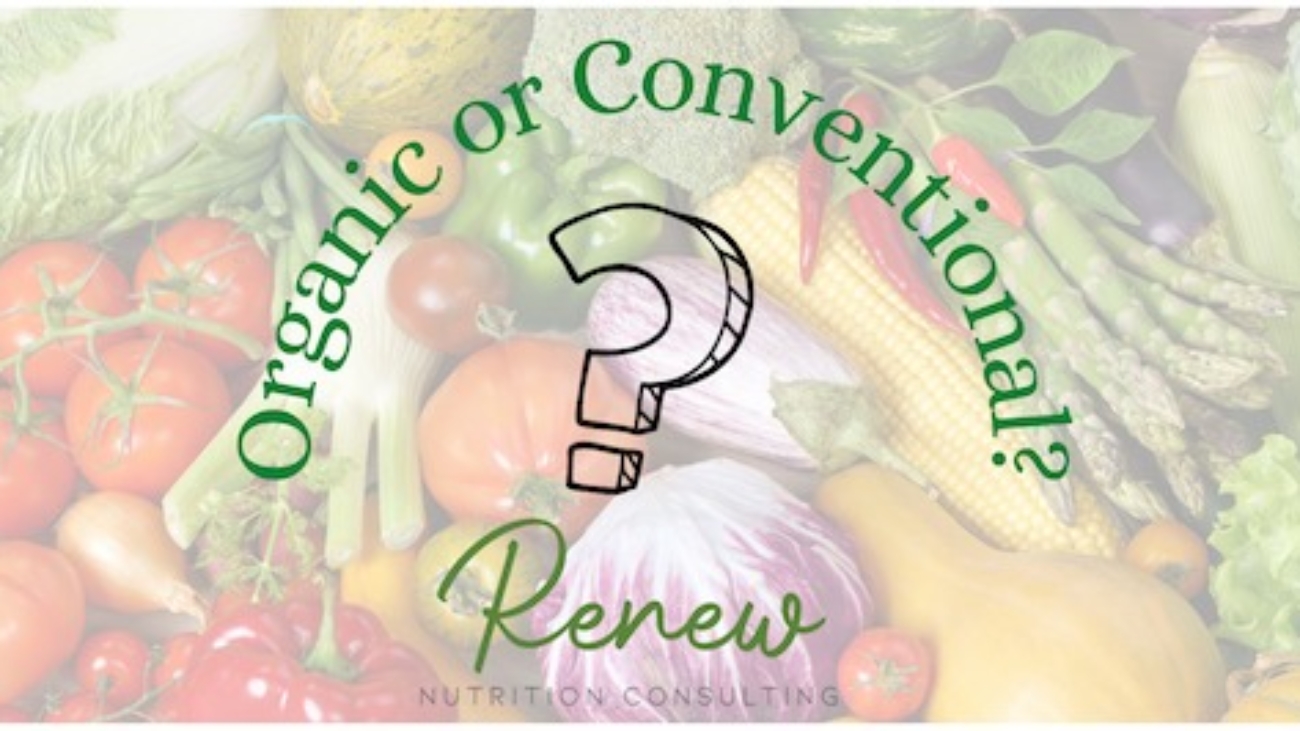

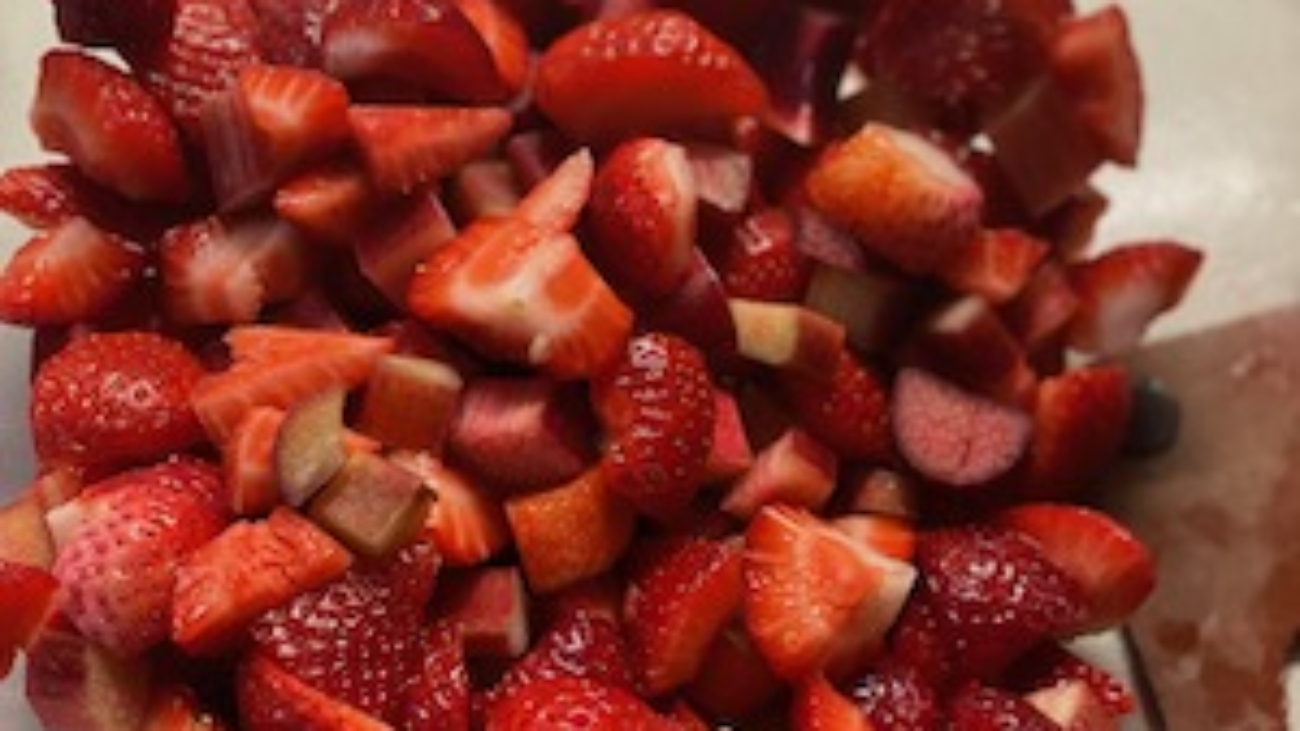










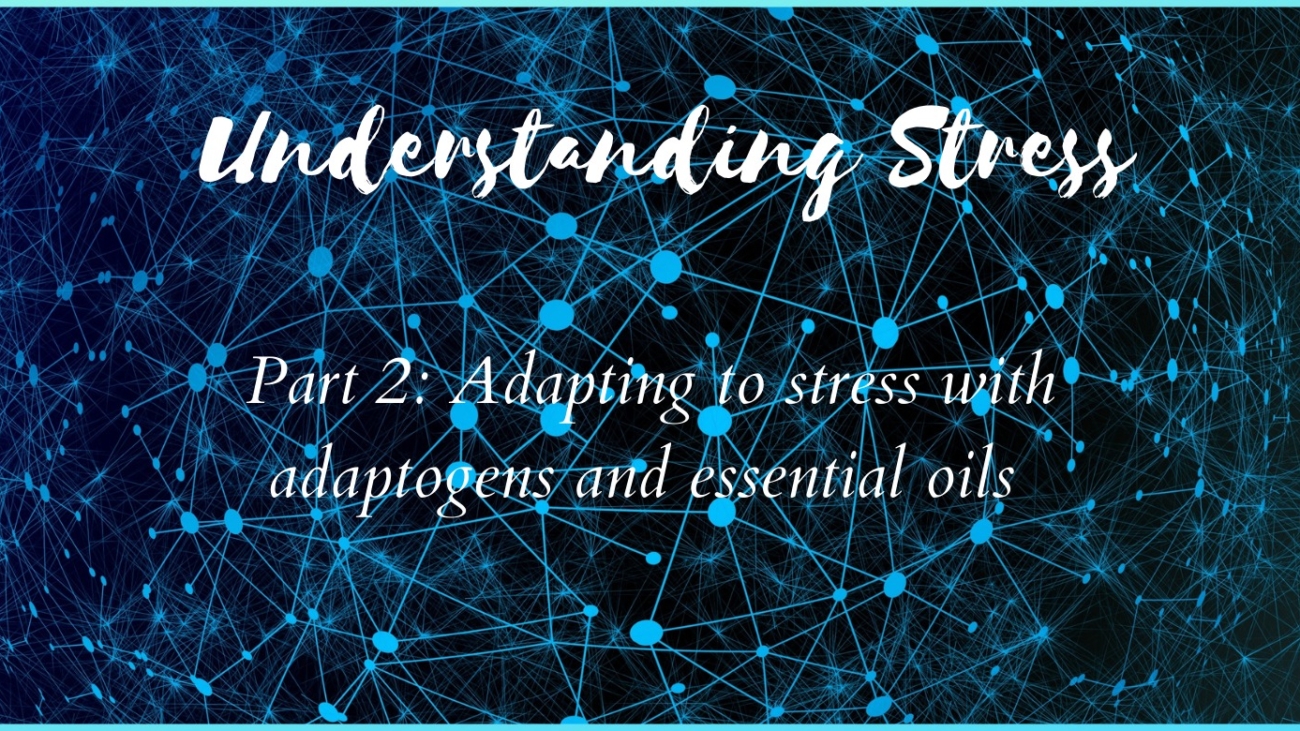
 wild orange, lavender, copaiba, spearmint, magnolia, rosemary, neroli, and sweetgum. These oils work synergistically together to promote feelings of calm in times of tension. Adaptiv has a sweet smell that I love to wear as a perfume as it has way more benefits than just smelling good. At work when things just feel chaotic, I use my
wild orange, lavender, copaiba, spearmint, magnolia, rosemary, neroli, and sweetgum. These oils work synergistically together to promote feelings of calm in times of tension. Adaptiv has a sweet smell that I love to wear as a perfume as it has way more benefits than just smelling good. At work when things just feel chaotic, I use my 
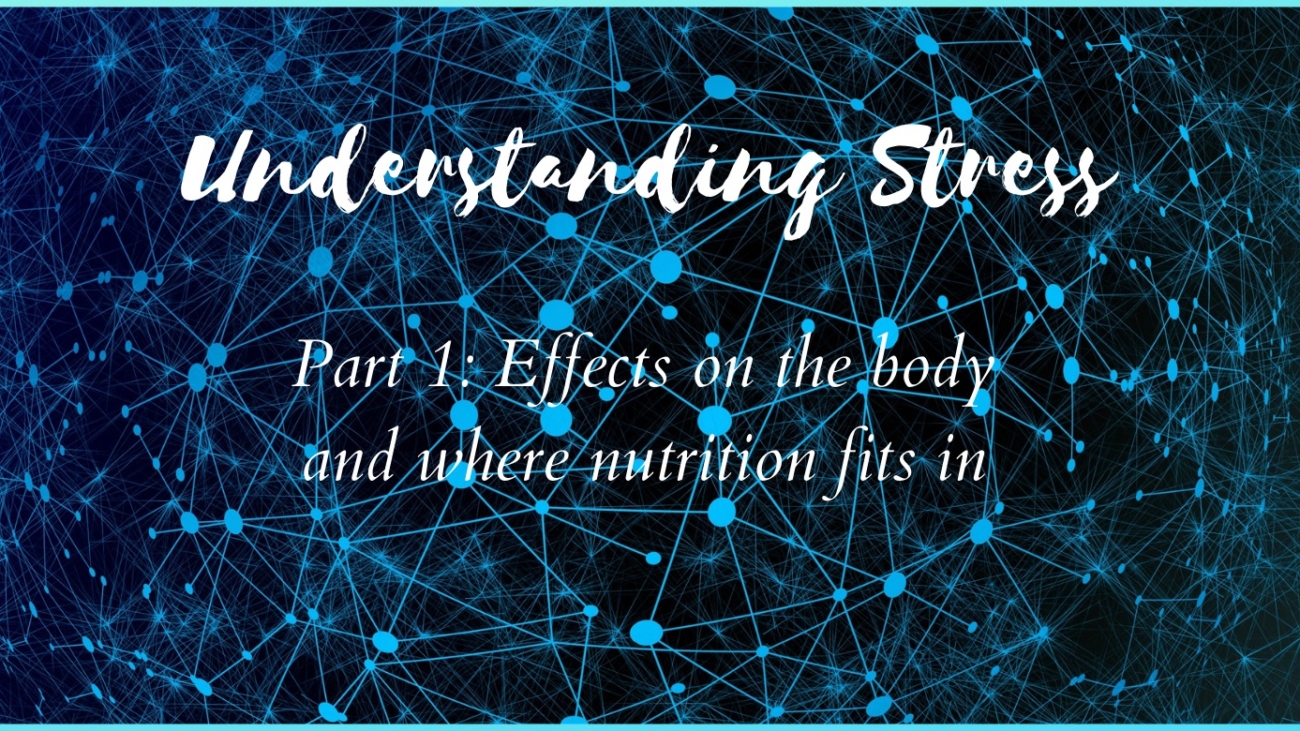
 benefits of that diet. In the next part of this two part series I will be discussing the use of adaptogenic herbs to help combat the effects of stress including my favorite evening cocktail, MOON MILK 🙂 .I will also share some resources for stress management including my favorite essential oil blend, Adaptiv..
benefits of that diet. In the next part of this two part series I will be discussing the use of adaptogenic herbs to help combat the effects of stress including my favorite evening cocktail, MOON MILK 🙂 .I will also share some resources for stress management including my favorite essential oil blend, Adaptiv..